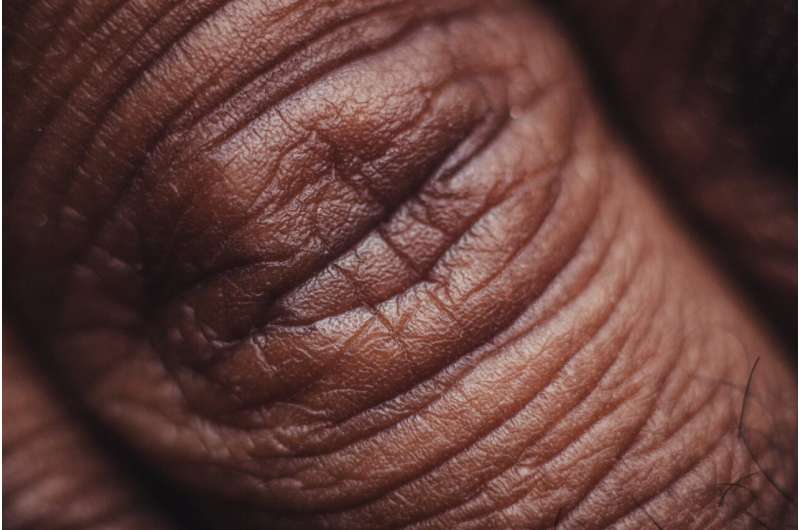
DEAR MAYO CLINIC: About a year ago, I had a heart transplant and I’ve been doing well since. At a recent follow-up visit, my transplant doctor recommended a skin check with a dermatologist. What’s the connection?
ANSWER: It’s always a good idea to be evaluated by a dermatologist for a baseline skin check, regardless of your past medical history. However, certain people are more prone to the effects of sun damage and are at greater risk for developing skin cancer. For example, solid organ transplant recipients are at a 100 times greater risk of developing squamous cell carcinoma, compared to someone without history of transplant.
A skin check by a dermatologist often only takes a few minutes, but it is a critical part of identifying skin cancer early. The most common types of skin cancer are called basal cell carcinoma and squamous cell carcinoma. They usually form on sun-exposed areas of the body. This is thought to occur from ultraviolet (UV) radiation from the sun or tanning beds causing damage to the DNA of the skin. These cancers tend to look like pink, red or scaly spots on your skin that do not go away on their own. They also may bleed and grow in size.
Melanoma is the most serious type of skin cancer. It develops in cells called melanocytes that produce melanin, the pigment that gives your skin its color. The exact cause of all melanomas is not clear, but exposure to UV radiation increases your risk of developing melanoma. Genetic factors and skin type can play a part in developing melanoma.
While regular self-evaluation makes it more likely that melanoma and other types of skin cancer will be caught early, having a trained expert look for subtle changes you may not see is always helpful. This is particularly important for people who have undergone a solid organ transplant and are at greater risk for developing skin cancer. This increased risk is mostly related to the effects of the anti-rejection medications on the immune system’s ability to ward off the development of skin cancer.
It is recommended that solid organ transplant recipients have at least yearly skin checks with a dermatologist. In the meantime, I recommend that you get into the habit of checking your skin once a month and be diligent about protecting your skin as much as possible.
When checking your skin for possible concerns, keep in mind the ABCDEs of melanoma:
“A” is for asymmetry. Look for moles or markings that are irregularly shaped or where one-half looks different from the other.
“B” is for border. Look for moles with uneven, jagged or scalloped borders.
“C” is for color. Look for moles that have many colors or an uneven distribution of color. Variation of color within a mole is something to have checked.
“D” is for diameter. If you have a mole larger than about one-quarter of an inch in diameter, have it checked.
“E” is for evolving. If a mole changes in size, shape or color, or if there’s bleeding, itching or tenderness, it’s important to have it evaluated promptly.
In addition to self-skin checks, it’s important to stay protected from the sun to avoid long-term issues. This is especially critical in transplant recipients.
Some helpful tips for sun protection include:
Apply sunscreen daily to sun-exposed areas. If outdoors for an extended period of time, reapply sunscreen about every two hours. A broad-spectrum sunscreen with a sun protection factor, or SPF, of 30 is recommended.
Wear sun-protective clothing, a wide-brimmed hat and sunglasses when venturing outdoors.
Avoid sun exposure and seek shade between 10 a.m. and 2 p.m. when the sun is strongest.
Avoid tanning of the skin by the sun or tanning beds. Sunless tanning products are safe to use for those people who want to enhance their skin color.
Source: Read Full Article
